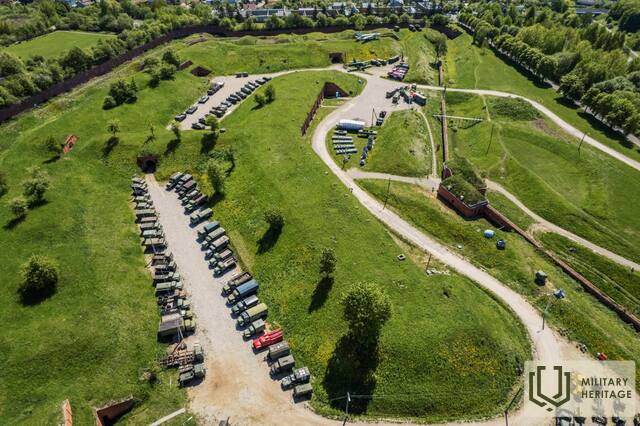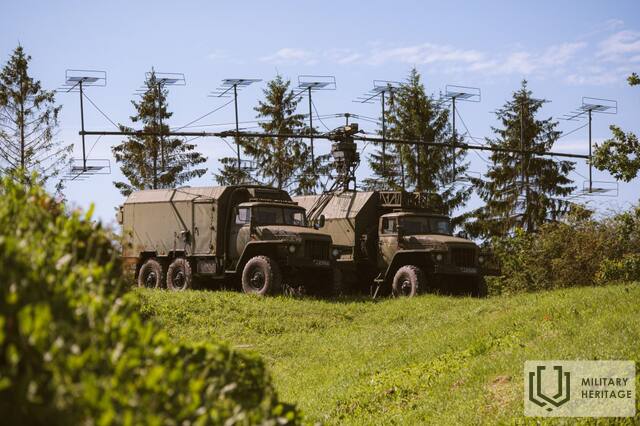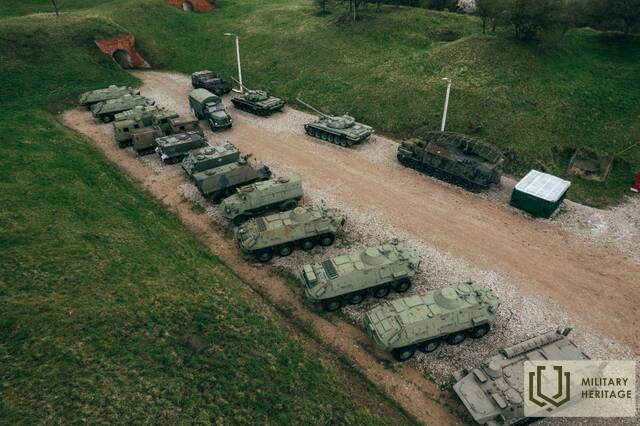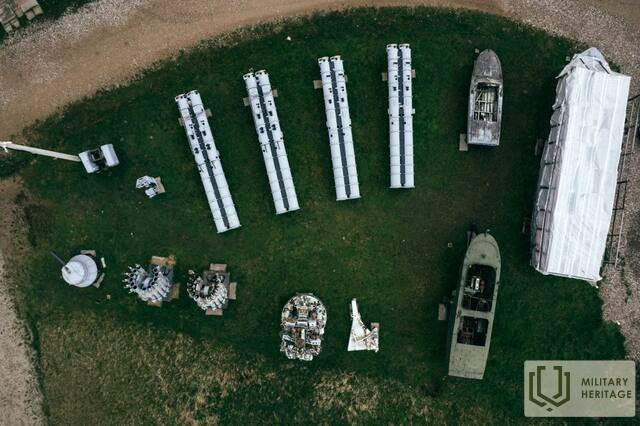Fort VI of Kaunas Fortress Fortification

Fort VI in Gričiupy, Kaunas, was built in 1889. During the interwar years, the fort served as a military prison. After the coup d'état that took place on the night of December 16-17, 1926, the "Four Communards" were shot there in the early hours of December 27: Karolis Požela, Juozas Greifenbergeris, Kazys Giedrys and Rapolas Čarnas.
During World War II and the post-war years, a place for prisoners of war was set up here: in 1941–1943, Russian prisoners of war were imprisoned, in 1943–1944, civilians, and in 1944–1948, German prisoners of war.
During World War II, Fort VI was one of the largest places for the extermination of prisoners of war, the 336th prisoner of war camp (Stalag 336). It operated from 1941. August 5. The commandants were Karl August Werdelmann, Otto Grennenbach, Karl Sieber. The camp was guarded by German soldiers, and from 1943 - by Vlasovites. Most of the prisoners lived in the fort's moat under the open sky, others were located in unlit casemates. About 35 thousand prisoners of war died in the camp.
After 1948, Fort VI, like other forts of the Kaunas Fortress, was used as warehouses, and a sports shooting range was equipped in it.
On October 24, 2017, the Ministry of National Defence and Kaunas City Municipality signed an agreement on the establishment of a branch of the Vytautas the Great War Museum in Fort VI of Kaunas Fortress. This agreement stipulates that the Military Equipment Department of the Vytautas the Great War Museum, which has been operating in Vilnius until now, will move to Kaunas and open its doors to visitors in Fort VI of Kaunas Fortress.
After arranging the territory of Fort VI of Kaunas Fortress and preparing the exposition for visits, due to the global pandemic, quarantine was introduced in Lithuania and the opening of the exposition had to be postponed. In April 2021, taking all precautionary measures, the exposition became open to the public and guided tours began.
Used sources and references:
Lithuania 1940–1990: History of Occupied Lithuania. Lithuanian Population Genocide and Resistance Research Center, Vilnius, 2007. – p. 234
https://www.vdkaromuziejus.lt/karo-technikos-skyrius/istorija





















